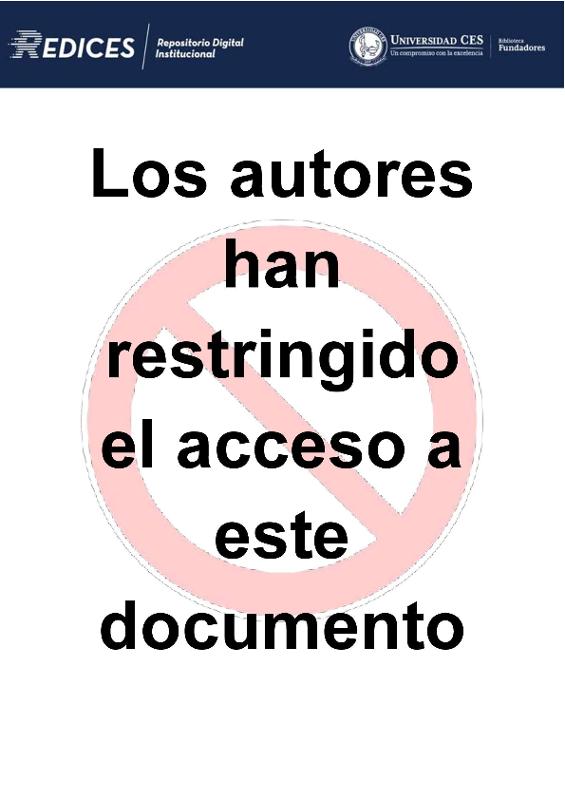Mostrar el registro sencillo del ítem
Title: Effect of Screen-time and Sugar Consumption Reduction on Sleep Bruxism in Children: A Randomized Clinical Trial
| dc.contributor.author | Bonfanti, Graciela | |
| dc.contributor.author | Restrepo Serna, Claudia | |
| dc.contributor.author | Caicedo Giraldo, María Paula | |
| dc.contributor.author | Velásquez Baena, Laura | |
| dc.contributor.author | Santamaria Villegas, Adriana | |
| dc.contributor.editor | Restrepo-Serna, Claudia | |
| dc.date.accessioned | 2024-02-02T16:06:11Z | |
| dc.date.available | 2024-02-02T16:06:11Z | |
| dc.date.issued | 2024-01-16 | |
| dc.identifier.citation | Vancouver | es_ES |
| dc.identifier.uri | https://hdl.handle.net/10946/8242 | |
| dc.description.abstract | Objective: Sleep Bruxism (SB) is an alteration of Dopamine and Serotonin, which is associated with increased consumption of added sugar and overuse of screens. The aim of this study was to measure the effect of the interventions "Food, Family, Fun" (FFF) and counseling and education (CE) on the frequency of SB in children. Methods: A randomized controlled study was conducted. Fourty-eight 4-8 year-old children, attending the pediatric clinics of Universidad CES (Colombia) and Hospital Elina de la Serna (Argentina) participated in the study. Subjects were randomized into the FFF (experimental) and CE (regular intervention) groups. The frequency of SB was reported with the CSHQ, the consumption of added sugar from items with the HBSC- FFQ, and the time of use of screens through a diary in T1 (before starting the intervention), T2 (at 6 weeks) and T3 (12 weeks). To determine effectiveness, a repeated factor analysis of variance with Bonferroni correction was used. Results: A reduction in SB from T1-T2 was observed in both interventions, "FFF" (F=22.0, p<0.001, η2p=0.66, post-Hoc=<0.001) and "CE" (F=16.8.0, p <0.001, η2p=0.44, post-Hoc=0.02), but not from T2-T3. In both groups there was a significant reduction in the consumption of added sugar, the diminish in screen time was significant for FFF during the weekend and for CE during the week. Conclusion: Reduction of screen time and sugar consumption led to a decrease in the frequency of bruxism both with FFF and CE. | es_ES |
| dc.language.iso | en_US | es_ES |
| dc.publisher | Universidad CES | es_ES |
| dc.subject | Added sugar | es_ES |
| dc.subject | Screen-time | es_ES |
| dc.subject | Sleep bruxism | es_ES |
| dc.subject | Children | es_ES |
| dc.title | Title: Effect of Screen-time and Sugar Consumption Reduction on Sleep Bruxism in Children: A Randomized Clinical Trial | es_ES |
| dc.type | Articulo de revista | es_ES |
| dc.rights.accessrights | info:eu-repo/semantics/closedAccess | es_ES |
| datacite.rights | http://purl.org/coar/access_right/c_14cb | es_ES |



